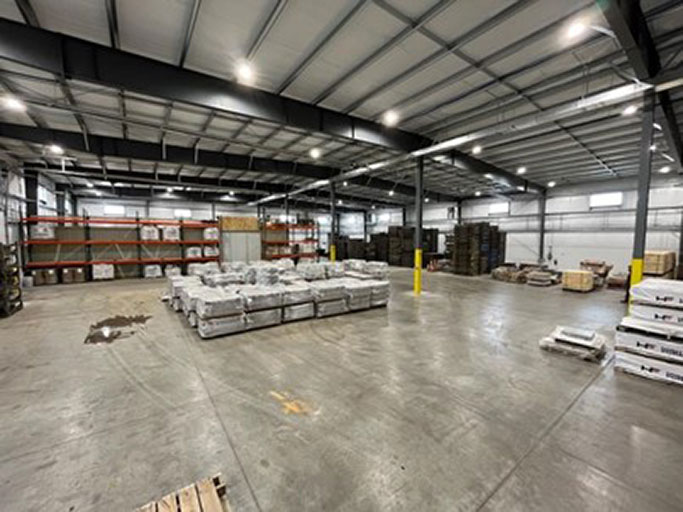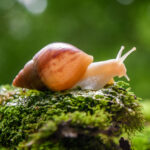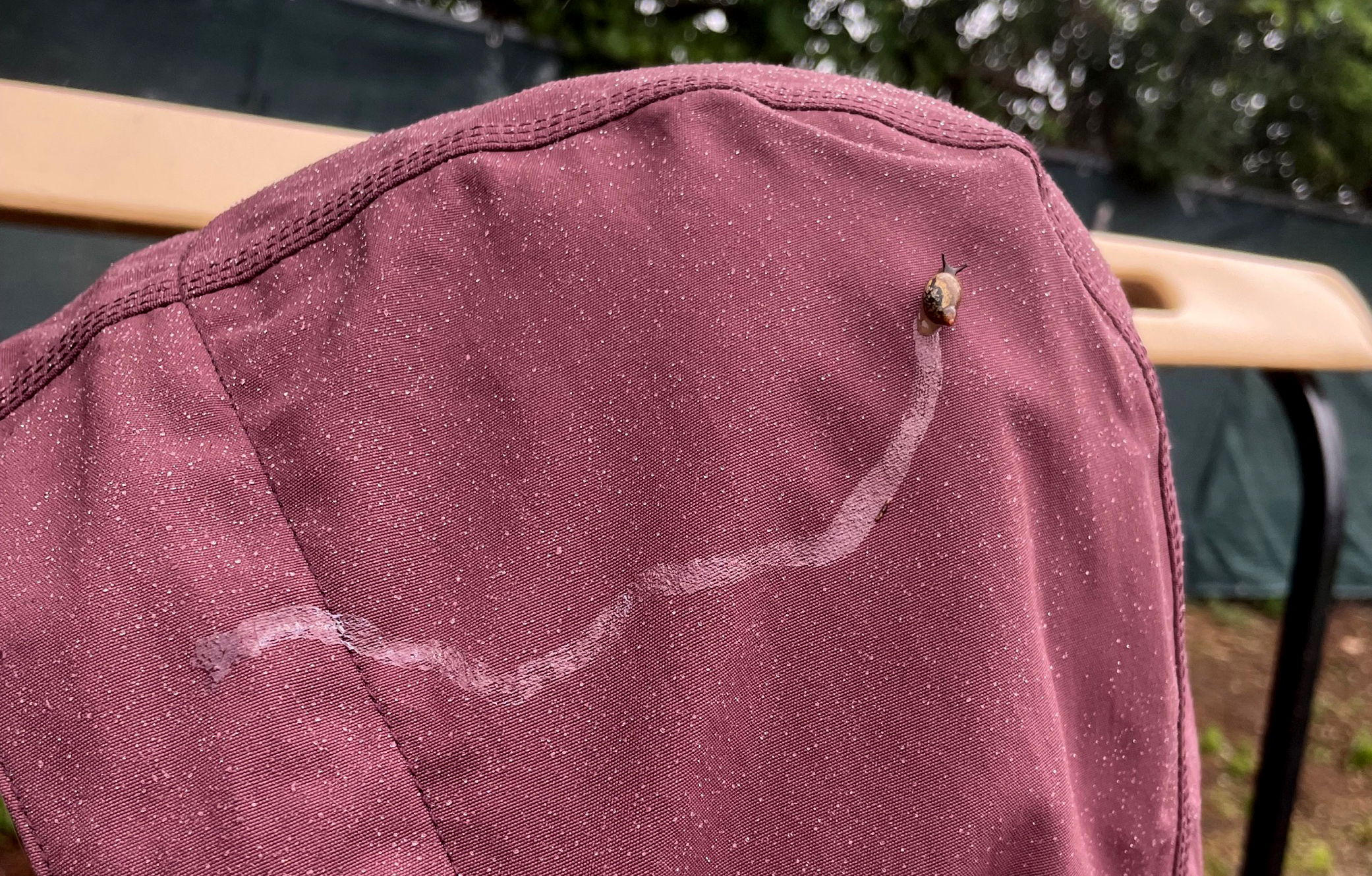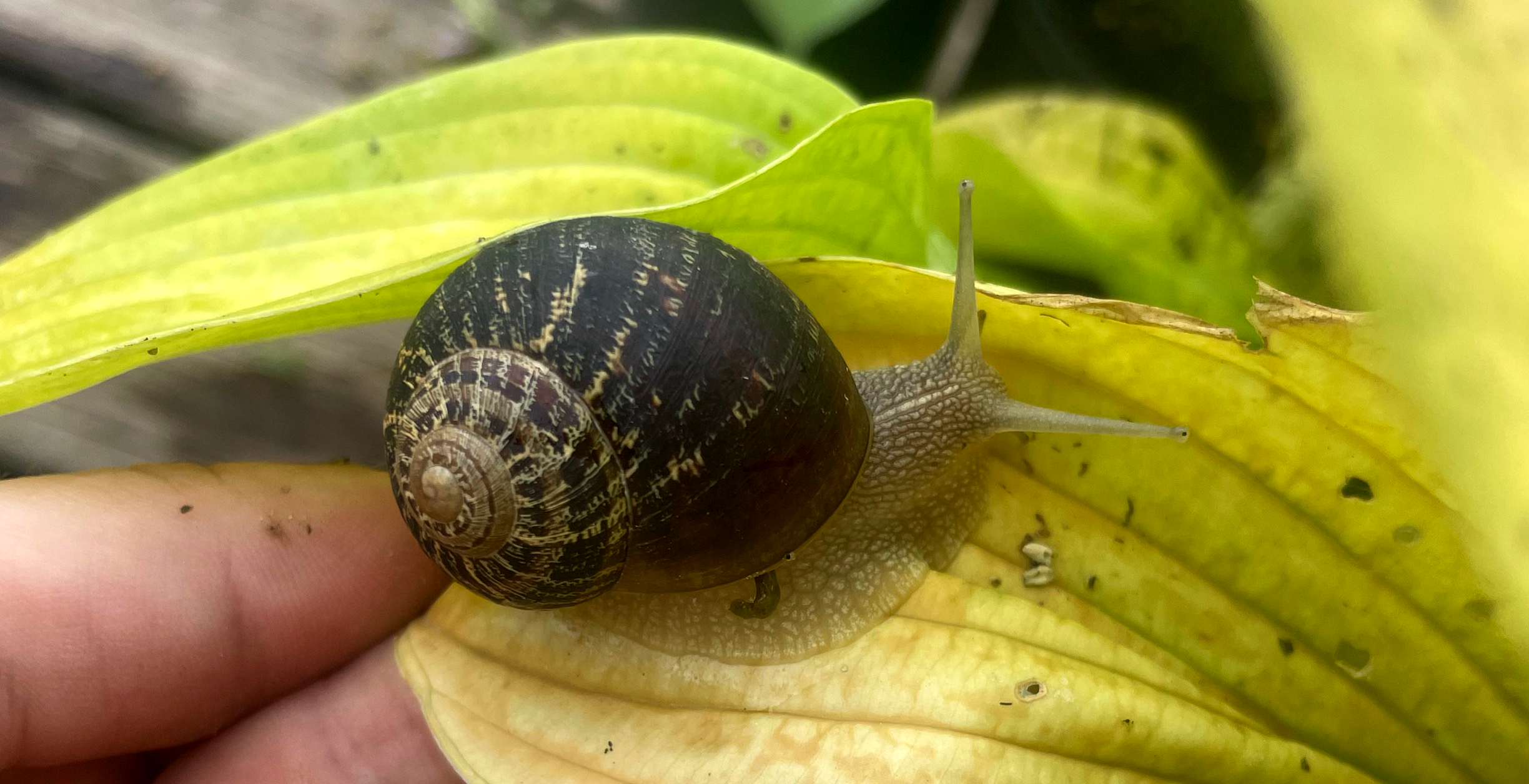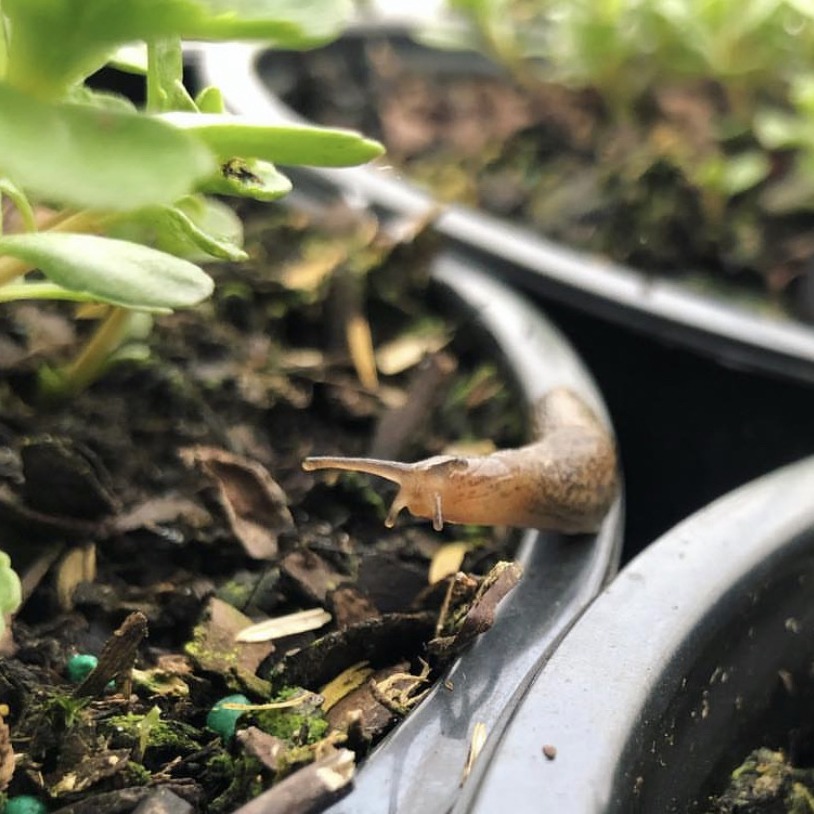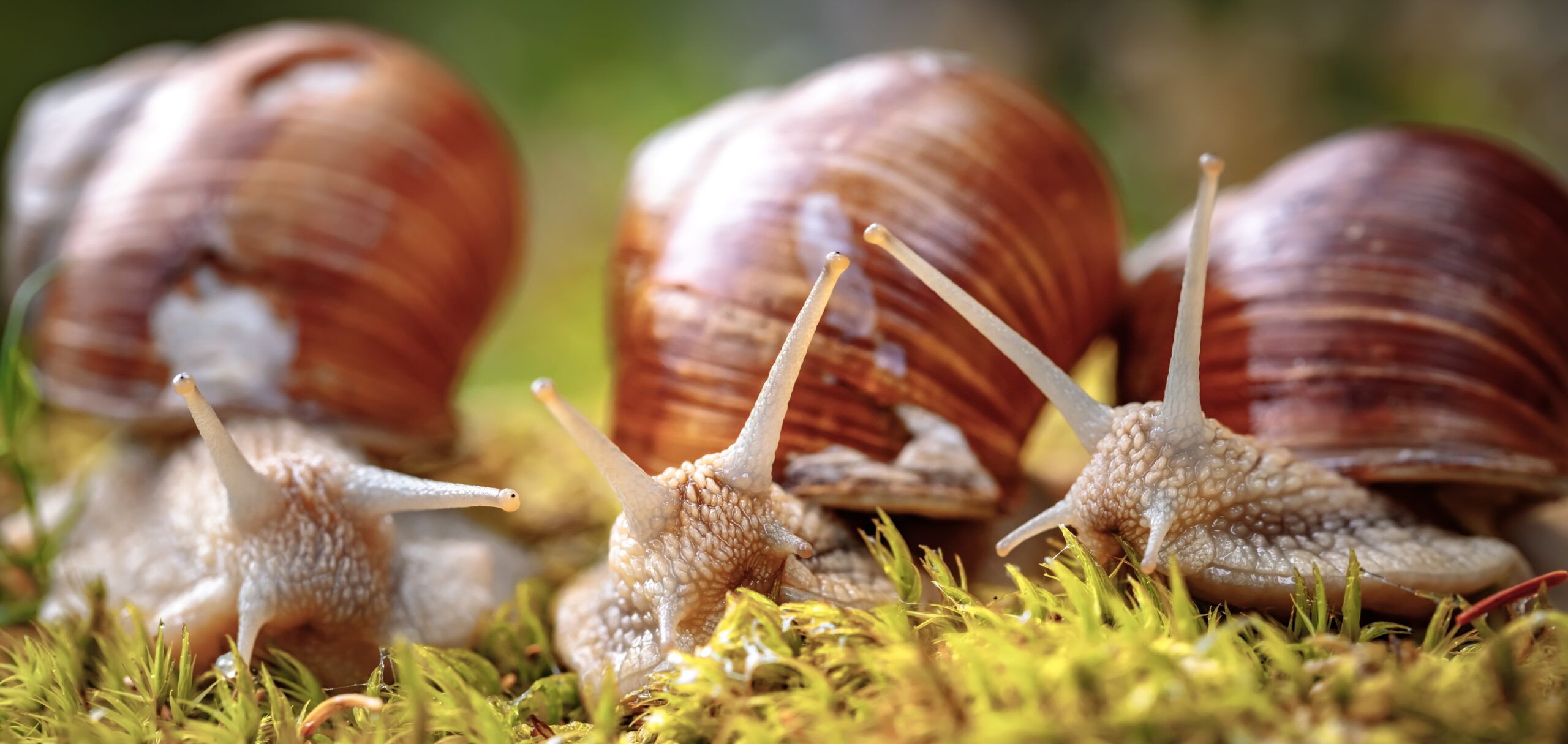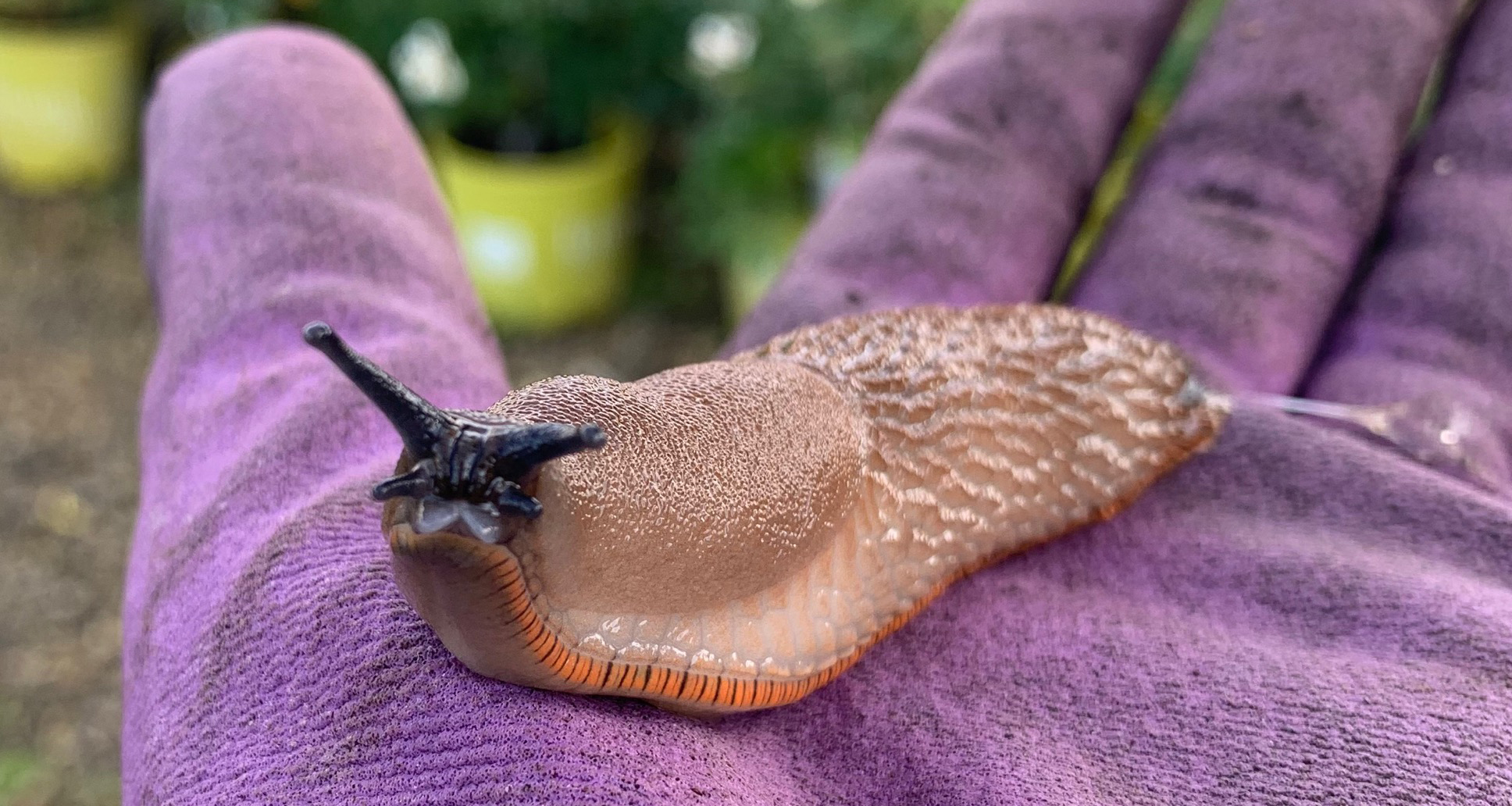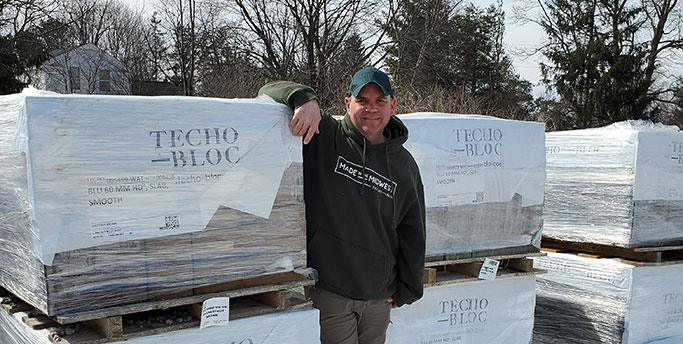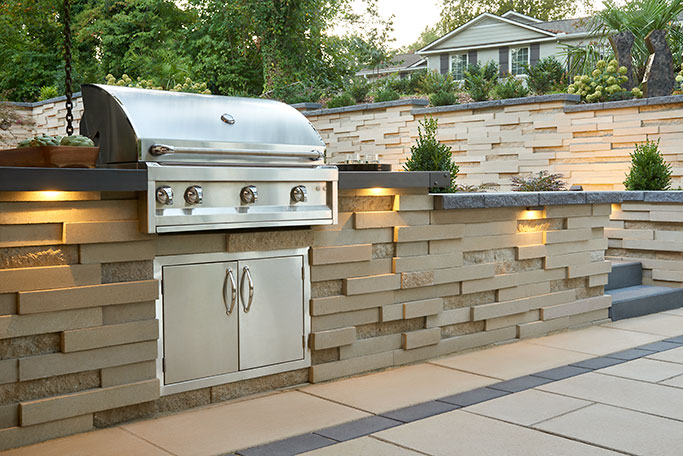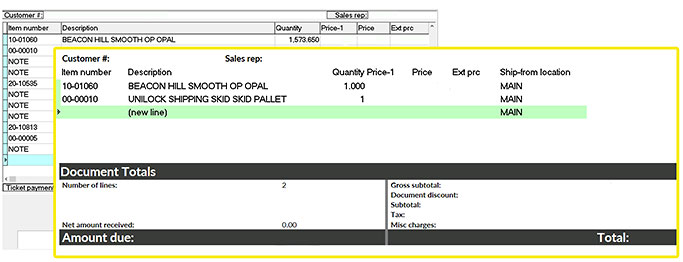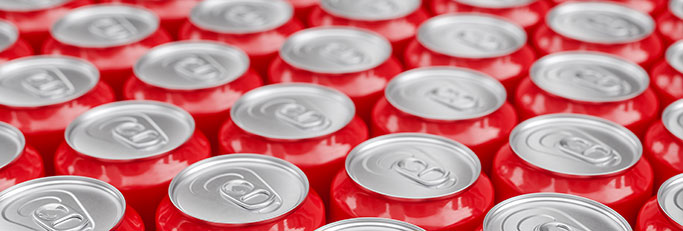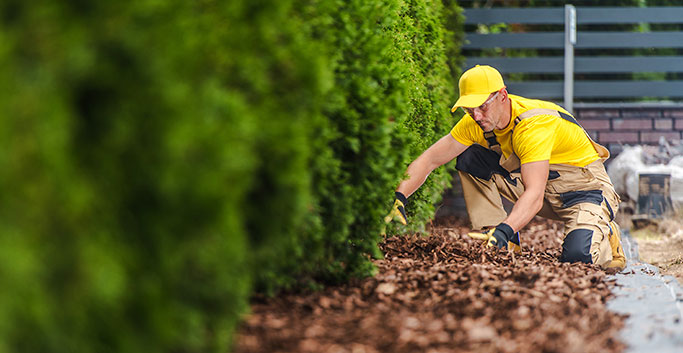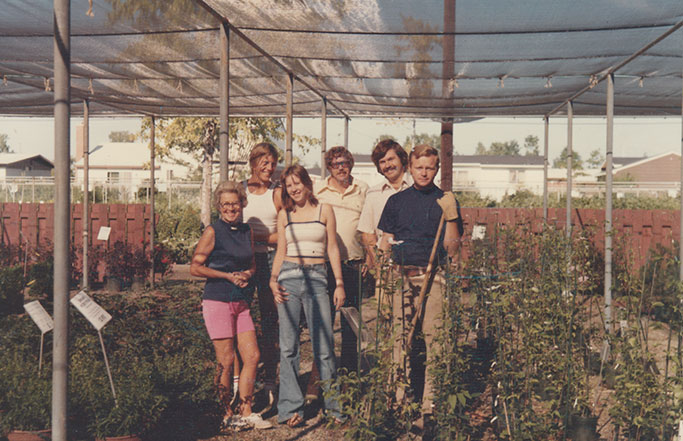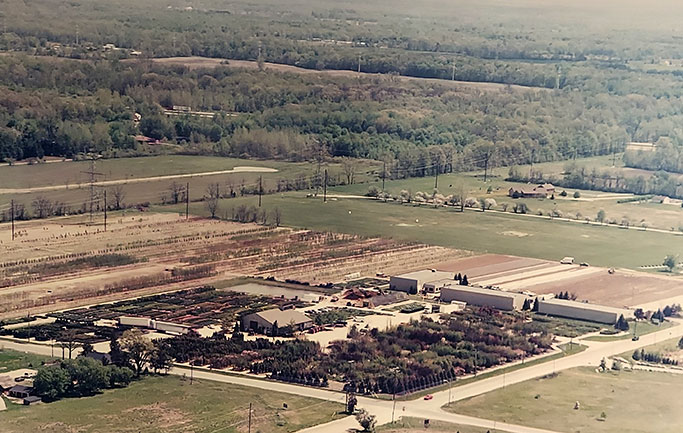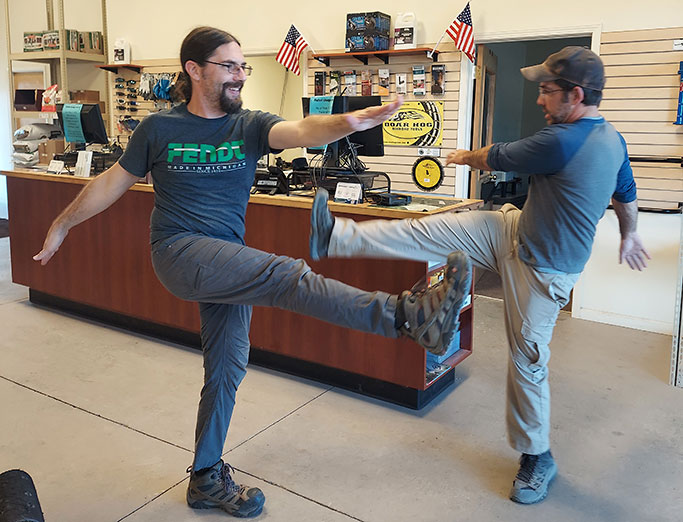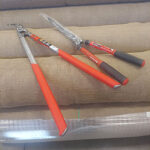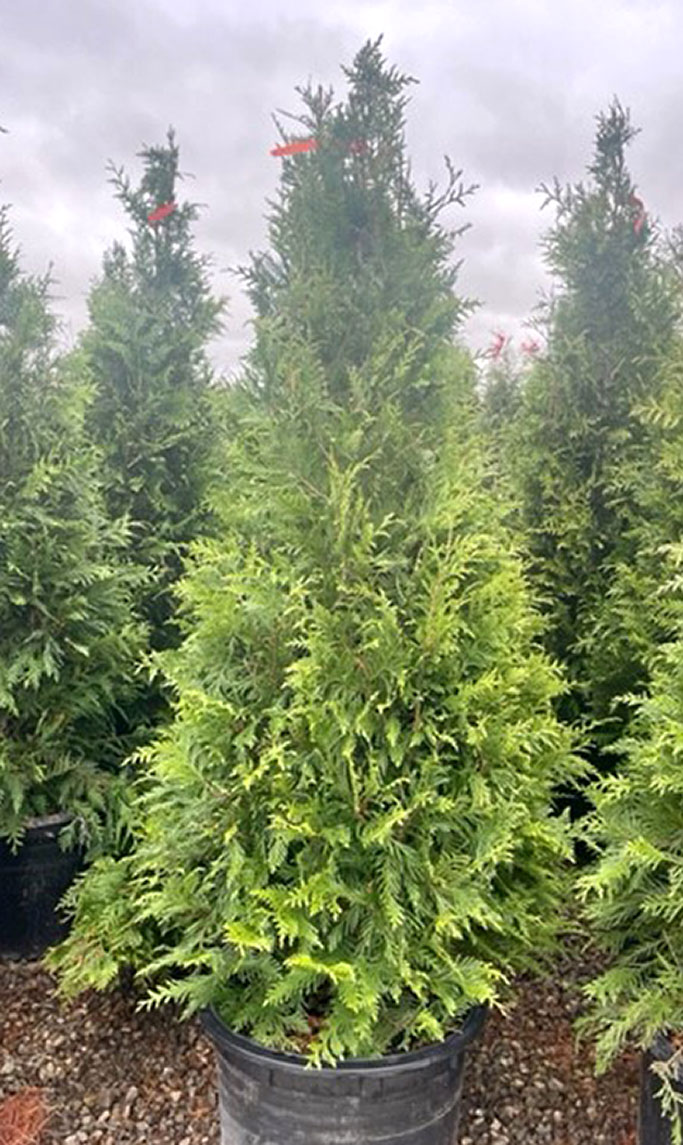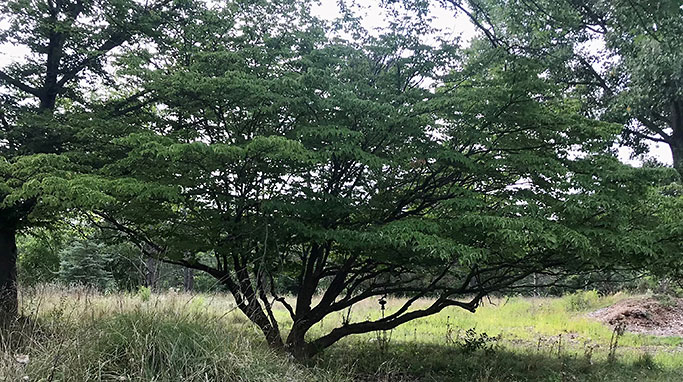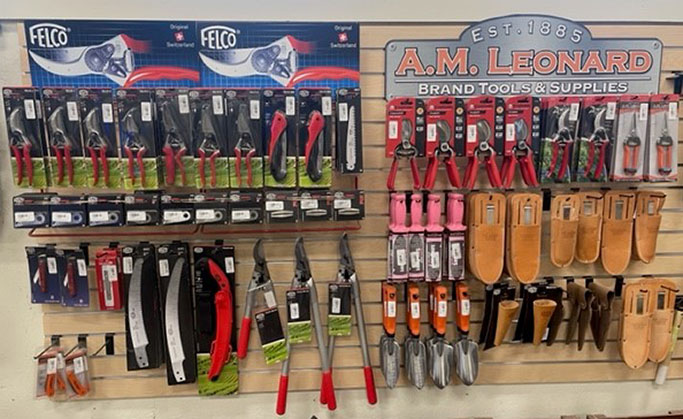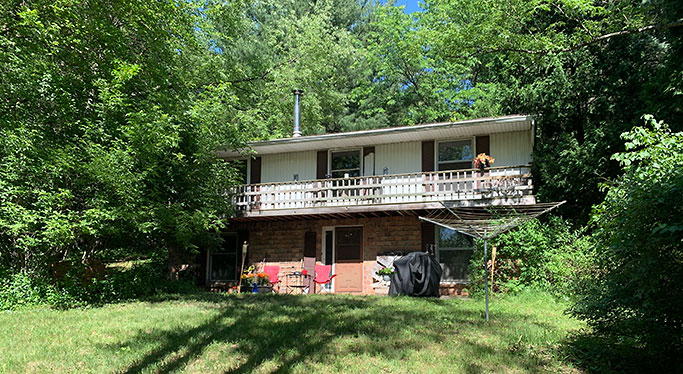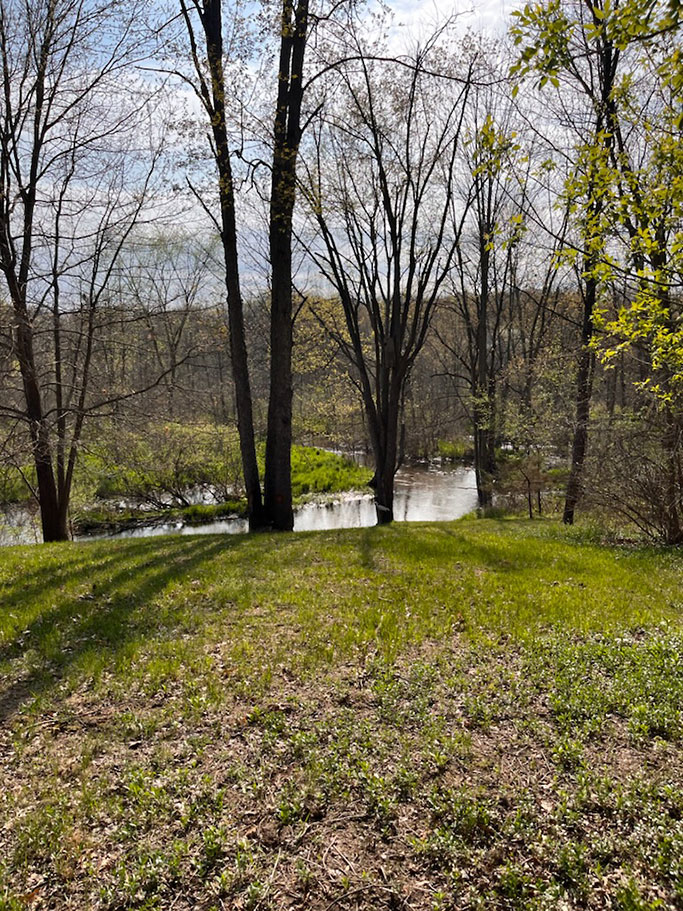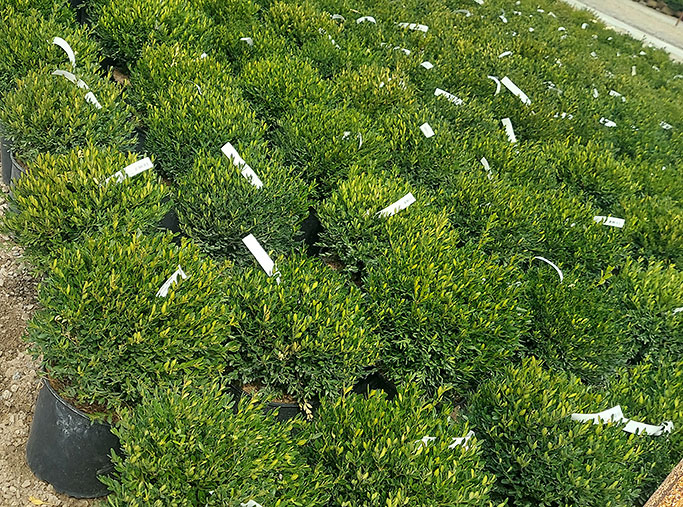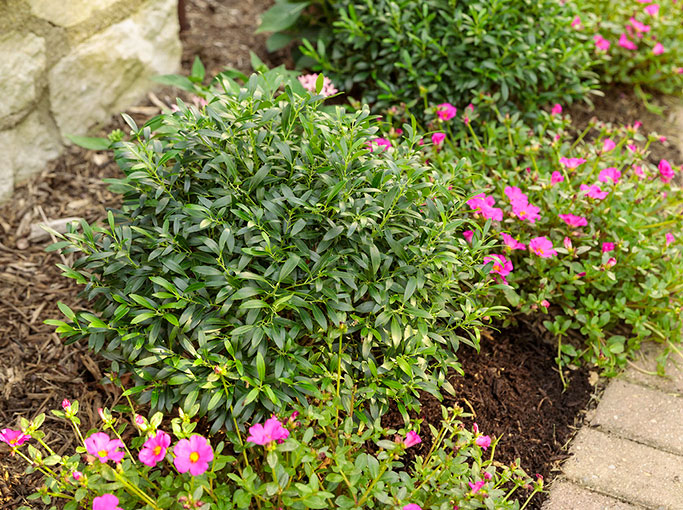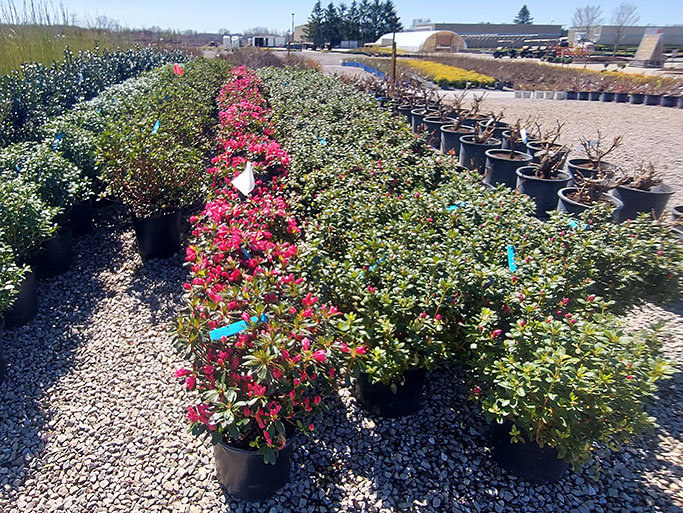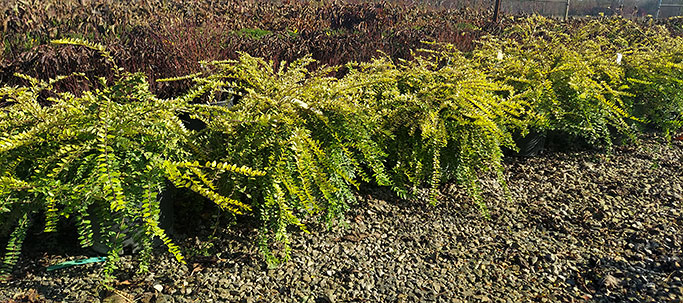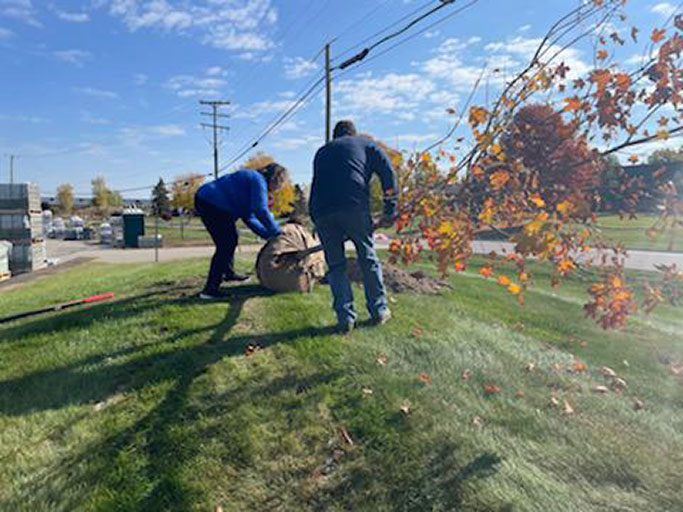I get it. It’s the Green Industry, and we only have so much time before Momma Nature and Old Man Winter team up to turn our green landscapes into a brownish white, salt-sprayed, rigid, unattractive frozen tundra, AKA Southeast Michigan from January thru March.
We do as much as we possibly can with the limited hours in a day to get the job done and move on to the next. For those of us experienced plantsmen, we all say that we just get used to it, which, in my opinion, is true. Sure, the first month or two is a little rough, but then we get acclimated and it doesn’t seem like a big deal anymore.
But again, with all that being said… it all involves time. The Rolling Stones had a song “Time Is On My Side”, which for some that’s great. In the past few years, I had come to relate to Australian author Steve Douglas who said: “Time is your only enemy, it disappears very quickly and never gives you a second chance.”

I don’t have facts to provide, or references to share with this article. This is based on my personal experience and my opinion. Please bear with me.
It begins with my wife and I starting to search for a house just before the pandemic that catapulted real estate pricing into the stratosphere. So, we decided to wait. Then, the cost of living on essential items escalated to record levels, which didn’t help matters at all when trying to save up.
As the pandemic passed, we began the slow path back to some form of normalcy. But the costs of nearly anything you can think of were still astronomical.
We started saving up and working harder to achieve our goals. This is where “time” comes in. We were working so much that we didn’t spend a lot of social time together, let alone making time to see family and friends. They were becoming concerned. I wouldn’t return texts or phone calls to anyone because of this ludicrous schedule that I’d been trying to maintain. We were working so much to make extra cash, but more problems would arise. One step forward, two steps backward… All winter long…
But then on Memorial Day weekend, we moved back to our hometown for a new start. At this point, we both dropped some of our jobs and things were beginning to get back on track. This is what we needed to do. Soon after the move, my mother calls me and says “Hey sweetie, I haven’t seen you in months, I know you’ve been incredibly busy, but I’d like to see you.” I said, “You know, you’re right, Mom. What day would work best for ya?”.

We spent three hours together, and I FINALLY had nothing but GOOD news to share with her for a change. My doom and gloom attitude was finally beginning to dissipate and I was proud to tell her that we are moving in the right direction at a rapid pace! Mom was glowing with happiness, and it was one of the greatest visits we’ve ever had. Now that I moved back locally, and my siblings are now within 15 minutes of us, things were going to be great.
A week and a half later, I got a call from my sister at 6 in the morning telling me that mom passed away overnight. I crumbled. I began to return to my former status of “What’s the point of trying so hard when all I’m going to experience is another loss?”. We shared the news with family, and with our close friends whom we haven’t seen in months. Everyone we knew rallied and came together. Our family, friends, coworkers, and loved ones put “time” aside out of their busy schedules and commitments to provide whatever support they could in our time of mourning. I cannot thank everyone enough.
The sudden loss of arguably the greatest person of my life caused a dramatic realization. It’s almost like she knew her time was almost up, and I am forever grateful that she called me out and demanded, in her own way, that I come to visit. What if I didn’t see her before she passed? I would have never forgiven myself, and it took her to call me out.
The point of my article is to, please, take into consideration that life is not all about work. Yes, we all have to do what we need to do, but for one’s sanity and overall well-being, one must take a little “time” to see or at least hear from our family, our friends, and loved ones. Put aside the work, pick up the phone or go for a drive, and say hello to those that are close in your lives. It only takes a little moment of your “time” to make a world of difference.
My mother always had old sayings that she would throw at us, but the one that she had been using over the past couple of years, whether it was the end of a phone call or a visit, and it was the last words she said to me:
“I love you, Sweetie. Take care of each other”.
I will, Mom. I love you.


